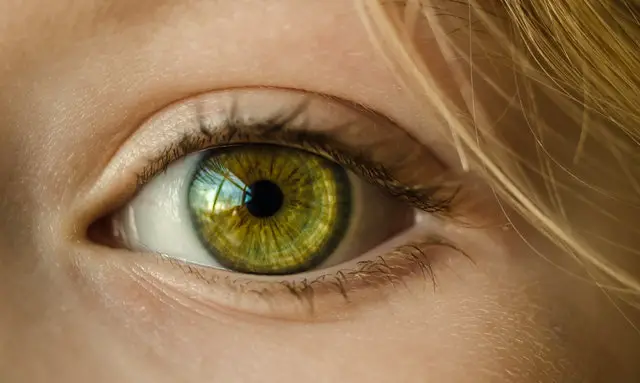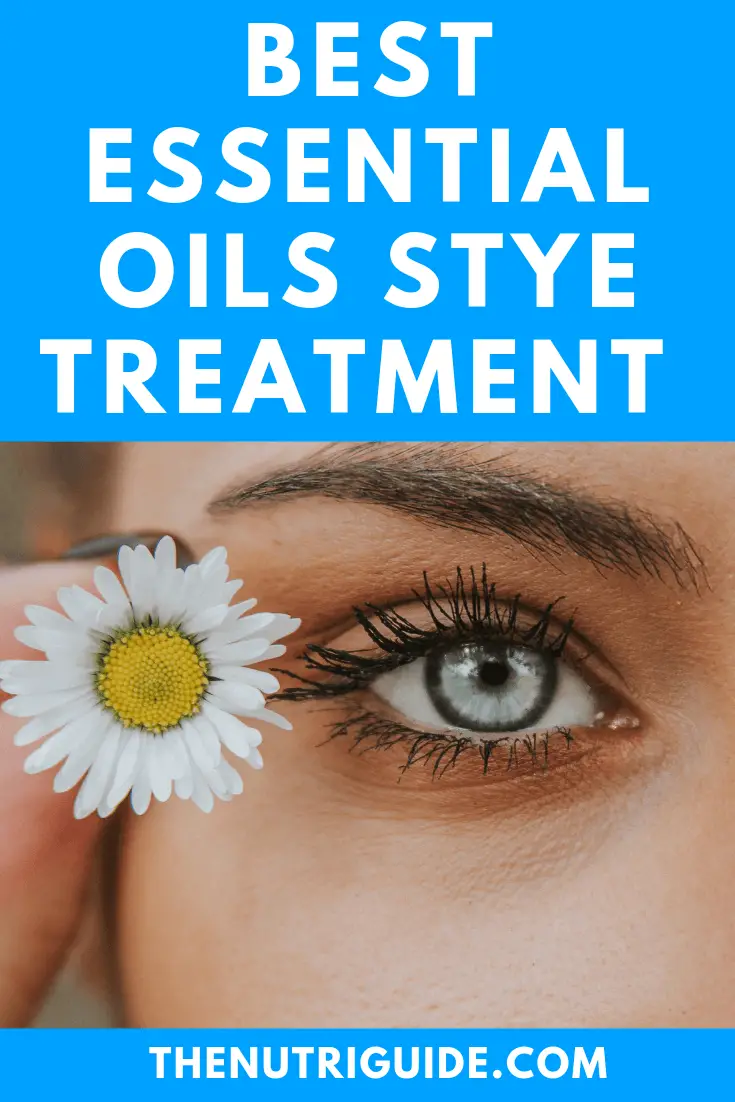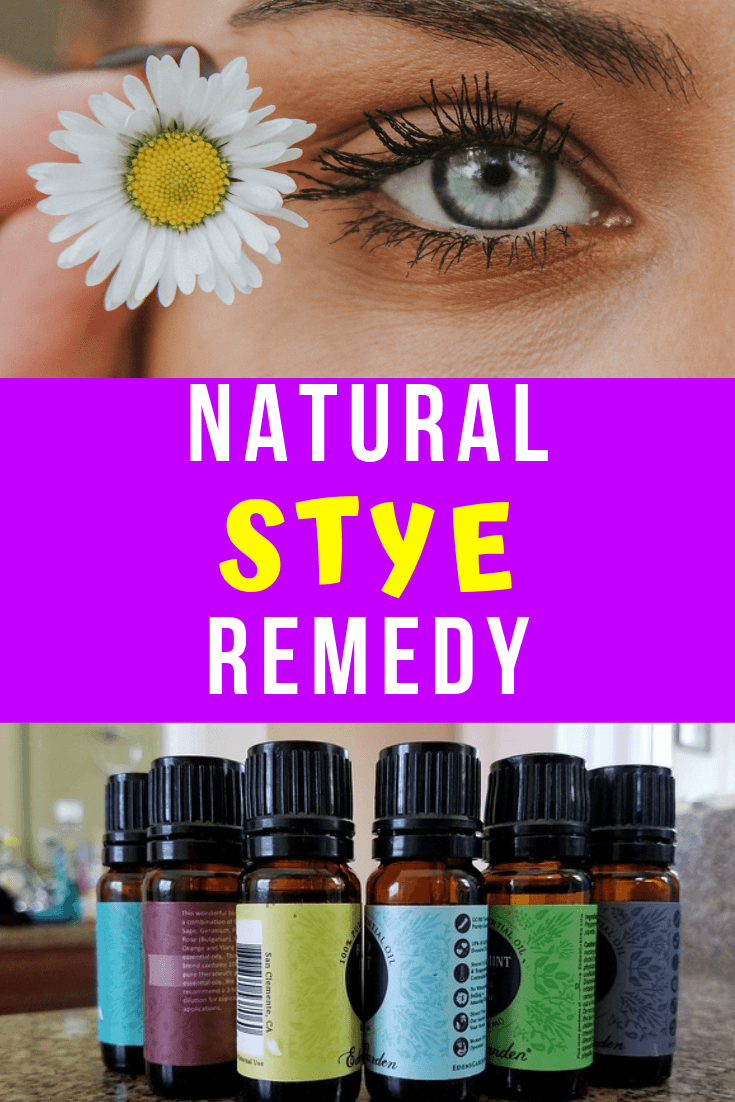Essential Oils for a Stye on Eyelid
Essential Oils for Stye on Eyelid

When you buy through links on our site, we may earn an affiliate commission at no additional cost to you (learn more)
Have you ever woken up to a painful, red lump on your eyelid? Does your child seem to get styes often? Knowing how to treat this common but unpleasant eye condition can help alleviate discomfort for you and your family, and you can use natural ingredients and easy techniques to avoid an unnecessary trip to the doctor. Essential oil, when used properly, can help you prevent and even treat styes, and this guide shares everything you need to know about how to use them
Understanding Styes
A stye is also known as a hordeolum. They occur in the glands on your eyelid and result from a bacterial infection causing the formation of pus inside this tight space, leading to a pimple-like protrusion. Your eyelids contain meibomian glands that produce oils which lubricate your eyes’ surface. This oil keeps the water in your tears from evaporating, so it is vital that these glands remain open and functioning correctly.
Styes look like red, swollen bumps, and they can form anywhere along the rim of your eyelid, near your eyelashes. You can have a stye either under or inside the eyelid. External systems are located at the base of one of your eyelash follicles while internal styes develop inside or under your eyelid in an oil gland.
Numerous factors can lead to blockage of these glands and, once blocked, it is common for bacteria to form and create the offending infection, leading to a stye. They result from inflammation or infection of an eyelash follicle, which is clogged, blocking the oil from leaving the skin. The most common cause of a stye is wearing old makeup or not removing eye makeup regularly. Some medical conditions can also cause a stye, including rosacea, dermatitis, diabetes, and high lipid levels.
If you notice any of the following symptoms, you may have a stye.
- A bump on your eyelid that is red
- A painful area on your eyelid or near your eye
- Irritation or inflammation on your eyelid
- Difficulty seeing from one eye, blurriness
- Sore or itchy eye
- Excessive tears
Treating a Stye with Essential Oils
Before covering which essential oils are best for treating a stye, we offer a word of caution. It is never recommended that you put any essential oil directly onto your eyelid. Essential oils are highly concentrated forms of plant compounds, which means they can cause irritation, burning, and even vision problems if they come into contact with your eye. Essential oils should always be well diluted before use around the eyes or part of a commercial product specially made for this purpose. Never use more than you need and exercise caution when applying to your eyelid.
For all the oils listed below, be sure to dilute them well with an antibacterial carrier oil, such as coconut oil. The, you can apply this mixture directly to the stye using a cotton swab. Apply it two to four times per day until the stye begins to dry out and heal. You can also include one of the following essential oils in a bowl of warm water, and then use that water to create a warm compress, which can be applied to your stye four times per day to help release the buildup of pus.
While treating a stye, you should avoid wearing contact lenses or wearing makeup. Also, you should never attempt to pop a stye, as this can release bacteria into your eye and create an open wound that could become even more infected.
Lavender Essential Oil
Lavender is a natural anti-inflammatory, which makes it perfect for treating styes. It can cool and soothe irritated skin and reduce the swelling, and its antibacterial properties mean that it can help to treat the infection causing your problems.
Clove Essential Oil
Clove can reduce the pain and swelling of your eyelid with is anti-inflammatory compounds. Like lavender, it also had mild antibacterial properties.
Eucalyptus Essential Oil
As a natural antibacterial and astringent, eucalyptus is another excellent choice for treating a stye. The oils from this plant are antioxidants, which can boost your healing, as well. This oil is also very potent, so you want to dilute it thoroughly before using on your eye. Add 15 to 30 drops of this essential oil with a carrier oil like coconut or castor oil, then apply to your eye.
Tea Tree Oil
For the prevention of styes, you can use this essential oil as a part of your make-up removal routine. By including tea tree oil, which has antibacterial properties, into your skincare regimen, you can keep bacteria away and prevent the infection that leads to a stye forming. And carefully removing eye make-up keeps your glands open and prevents clogs.
Choose a product specifically designed to be used on eyes that contains this powerful oil, as you do not want to apply tea tree oil directly to your eyes. There are several natural products available today. You can also wash your face daily with a soap made with tea tree oil, as it effectively removes both makeup and excess oil to keep your pores clear and help prevent future problems.
When to See a Doctor
If you get frequent styes, you should talk with your doctor about a possible underlying problem that may be causing your issues. Because a stye contains bacteria, you may need conventional medical treatment using antibiotics to treat it thoroughly. See your doctor if your stye does not respond to alternative therapies or lasts longer than a week. If your stye worsens quickly, begins bleeding, spreads to your eyeball, or affects your vision, seek medical attention immediately. If you notice redness on your cheeks, face, or neck, see your doctor.
Final Thoughts
Most styes are minor and cause only irritation and inconvenience, but they can be easily treated at home with just a little energy and patience.
Our Favorite Eyelid Cleansing Oil
Related Posts






